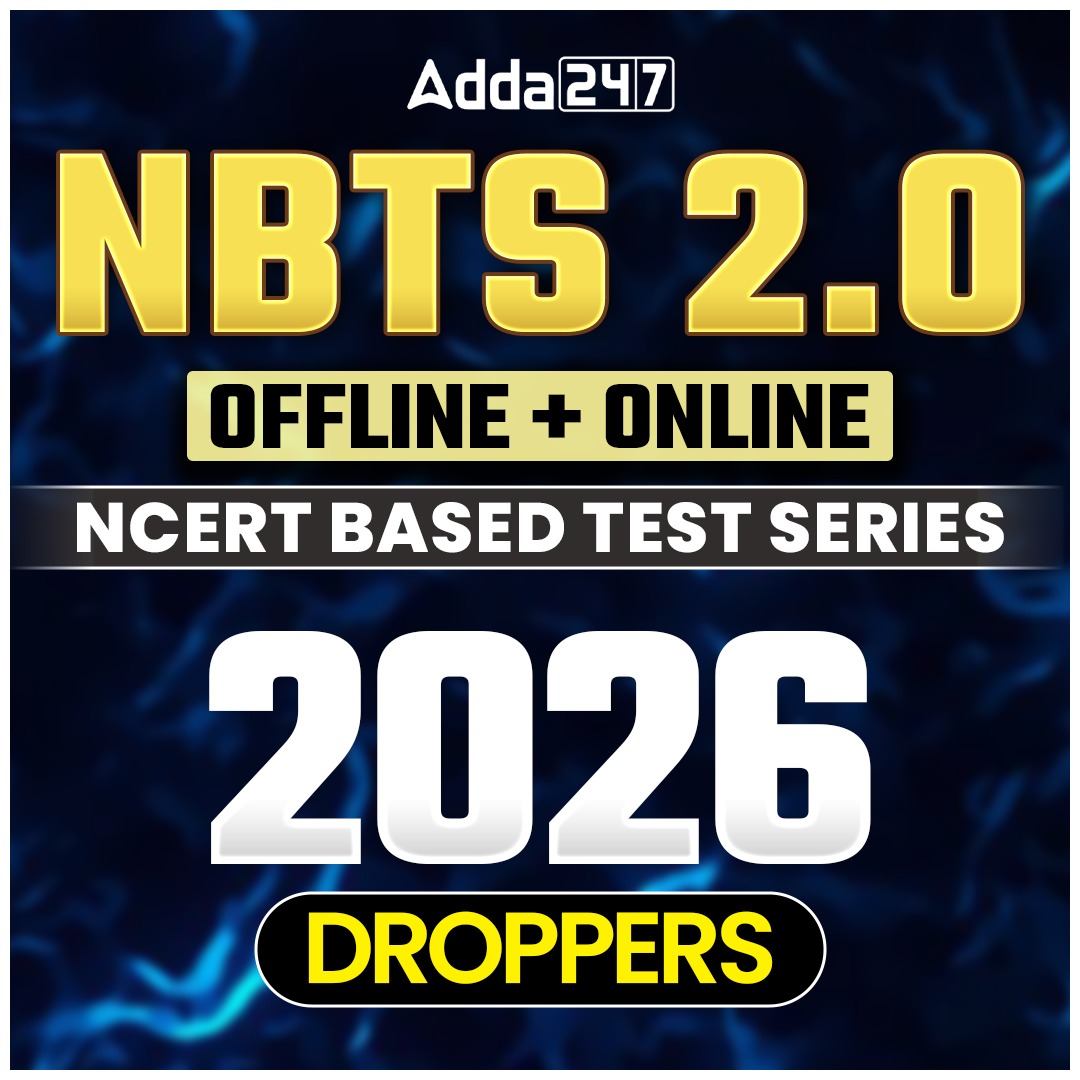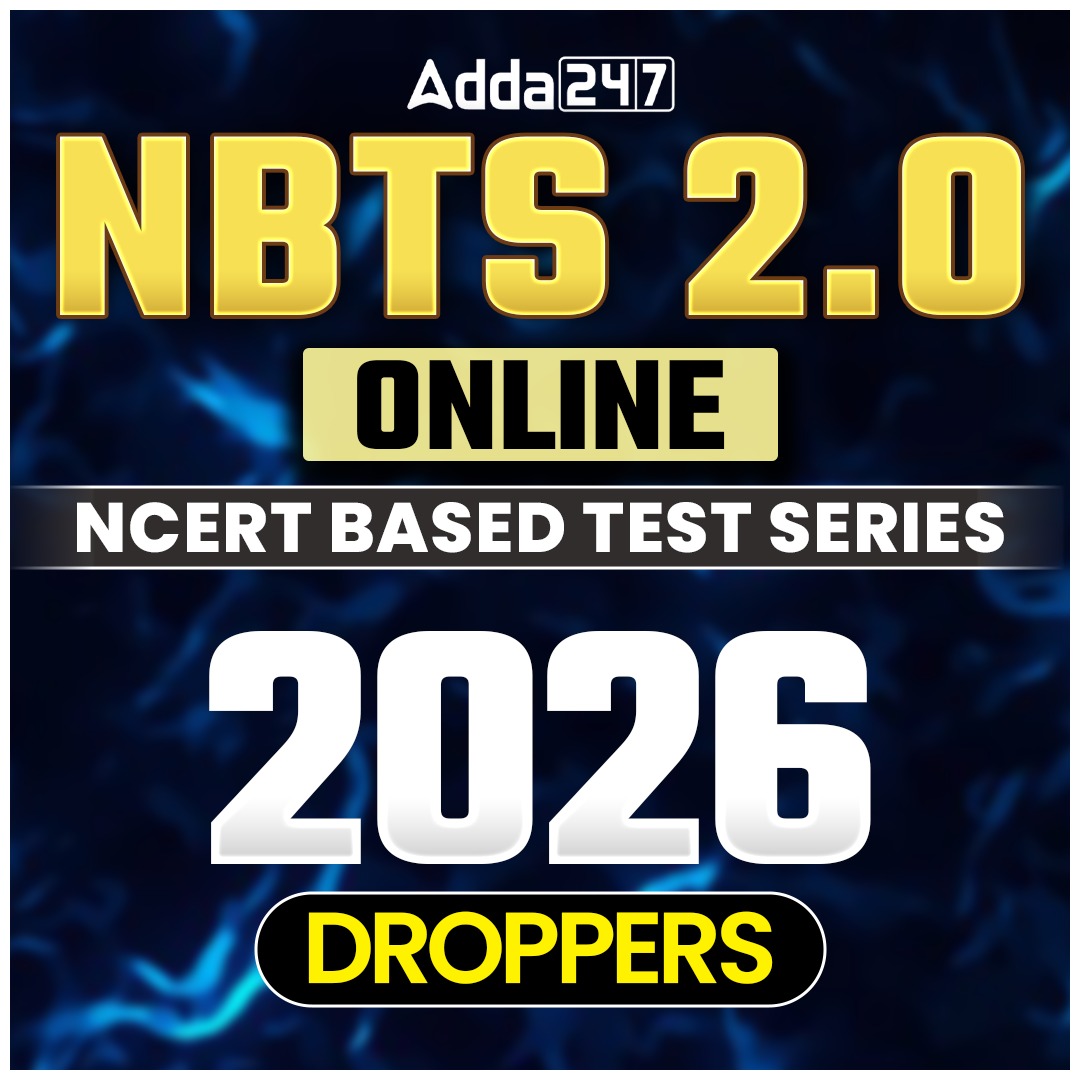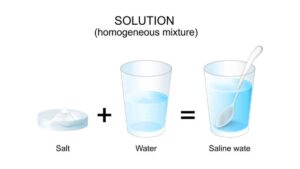The National Testing Agency will be conducting the National Eligibility cum Entrance Test (NEET 2026) for admission into various medical coures like MBBS and BDS in May 2026. All the aspirants for this national level medical entrance exam must start preparing for the exam by reading and learning all the topics mentioned in the NEET Syllabus 2026. The NEET Chemistry Syllabus 2026 mentions Haloalkanes and Haloarenes as one of the main chapters; hence, it is crucial for all the students to study and prepare for this chapter. Therefore, in this article, we have shared the NEET Notes for the Haloalkanes and Haloarenes chapter to guide and prepare aspirants for the exam.
Haloalkanes and Haloarenes
Haloalkanes, also known as alkyl halides, are organic compounds where one or more hydrogen atoms of an alkane are replaced by a halogen atom (F, Cl, Br, or I). They are classified as primary, secondary, or tertiary based on the number of carbon atoms bonded to the halogen-bearing carbon atom, and have a general formula of \(C_{n}H_{2n+1}X\). These compounds are important in industry and medicine, used as solvents, refrigerants, and in the synthesis of other organic compounds.
Haloarenes, also known as aryl halides, are aromatic hydrocarbons where a halogen atom (like fluorine, chlorine, bromine, or iodine) is directly bonded to a carbon atom of an aromatic ring. They are distinct from haloalkanes, which are derived from open-chain hydrocarbons. Haloarenes have important industrial uses in pharmaceuticals, agrochemicals, and plastics, and their properties are influenced by the halogen’s attachment to an \(sp^{2}\)-hybridized carbon atom.
Classification of Haloalkanes and Haloarenes
Based on Number of Halogen Atoms
- Monohalo compounds: Contain one halogen atom. Example – CH₃Cl
- Dihalo compounds: Contain two halogen atoms. Example – CH₂Cl₂
- Polyhalo compounds: Contain more than two halogen atoms. Example – CCl₄
Based on Nature of Carbon Atom
- Primary (1°) haloalkane: Halogen attached to a carbon bonded to one alkyl group. Example – CH₃CH₂Cl
- Secondary (2°) haloalkane: Halogen attached to a carbon bonded to two alkyl groups. Example – (CH₃)₂CHCl
- Tertiary (3°) haloalkane: Halogen attached to a carbon bonded to three alkyl groups. Example – (CH₃)₃CCl
Nomenclature
IUPAC Naming of Haloalkanes:
- Identify the longest carbon chain.
- Number the chain so that the halogen gets the lowest possible number.
- Prefix the halogen name before the parent alkane.
- Example: CH₃CH₂CH₂Br → 1-bromopropane
IUPAC Naming of Haloarenes:
- Common name system uses “chloro-, bromo-, iodo-” as prefixes to the arene.
- Example: Chlorobenzene, p-dichlorobenzene.
Methods of Preparation
For Haloalkanes:
- From Alcohols:
R–OH + HX → R–X + H₂O
(Reagents: HCl/ZnCl₂, HBr, HI) - From Alkanes (Free Radical Halogenation):
CH₄ + Cl₂ → CH₃Cl + HCl (in presence of UV light) - From Alkene (Addition Reaction):
CH₂=CH₂ + HBr → CH₃–CH₂Br - From Silver Salts of Carboxylic Acids (Hunsdiecker Reaction):
RCOOAg + Br₂ → R–Br + CO₂ + AgBr
For Haloarenes:
- Direct Halogenation of Benzene:
C₆H₆ + Cl₂ → C₆H₅Cl + HCl (in presence of FeCl₃ or AlCl₃) - From Diazonium Salts (Sandmeyer and Gattermann Reactions):
C₆H₅N₂⁺Cl⁻ + CuCl → C₆H₅Cl + N₂
Physical Properties
- Boiling Points: Increase with molecular mass and dipole–dipole interaction.
- Solubility: Insoluble in water but soluble in organic solvents.
- Density: Haloalkanes are generally denser than water; density increases from fluorine to iodine.
Chemical Reactions
(A) Nucleophilic Substitution Reactions
SN1 Mechanism:
- Unimolecular substitution.
- Rate depends only on the concentration of the substrate.
- Proceeds through carbocation intermediate.
- Favoured by tertiary haloalkanes.
- Example: (CH₃)₃CBr + OH⁻ → (CH₃)₃COH + Br⁻
SN2 Mechanism:
- Bimolecular substitution.
- Rate depends on both substrate and nucleophile.
- Proceeds via backside attack.
- Favoured by primary haloalkanes.
- Example: CH₃Br + OH⁻ → CH₃OH + Br⁻
(B) Elimination Reactions (β-elimination)
Haloalkanes undergo dehydrohalogenation when heated with alcoholic KOH.
Example: CH₃CH₂Br + KOH(alc.) → CH₂=CH₂ + KBr + H₂O
(C) Reactions of Haloarenes
- Due to resonance stabilization, aryl halides are less reactive towards nucleophilic substitution.
- Electrophilic Substitution Reactions:
- Halogen acts as a deactivating yet ortho-para directing group.
- Example:
C₆H₅Cl + HNO₃ → o- and p-chloronitrobenzene
Environmental Effects
- CFCs (Chlorofluorocarbons): Used as refrigerants and propellants but cause ozone layer depletion.
- DDT: Persistent pesticide with harmful ecological effects.
Importance of Haloalkanes and Haloarenes NEET Notes
Preparing for the Haloalkanes and Haloarenes chapter will require students to take a look at the NEET Notes; therefore, below we have listed some of the pointers explaining the importance of Haloalkanes and Haloarenes NEET Notes:
- This chapter introduces key mechanisms like nucleophilic substitution (SN1, SN2) and elimination reactions, forming the base for understanding advanced organic chemistry topics.
- Questions from Haloalkanes and Haloarenes are frequently asked in NEET due to their conceptual and application-based nature, making it a scoring and essential topic.
- These compounds are used in medicines, solvents, pesticides, and refrigerants-helping students connect chemistry concepts with industrial and environmental uses.
- Understanding halo compounds helps in grasping reactions of alcohols, ethers, amines, and other functional groups that follow similar mechanisms.
- Studying the effects of compounds like CFCs and DDT promotes awareness about ozone depletion and pollution, integrating chemistry with environmental science.
- Numerical and conceptual questions on mechanisms, isomerism, and reactivity trends sharpen analytical and reasoning abilities essential for NEET.
- The topic bridges hydrocarbons and functional group chemistry, helping students understand electronic effects, inductive effects, and resonance in detail.
- Well-prepared notes enable quick revision before exams, helping students recall mechanisms, reactions, and formulas efficiently during NEET preparation.
NEET Important Questions – Haloalkanes and Haloarenes
Question 1. What happens when chlorobenzene is treated with sodium in dry ether? (Hint: Wurtz–Fittig reaction)
Question 2. Write the mechanism of nucleophilic substitution (SN1 and SN2) in haloalkanes.
Question 3. Give two laboratory methods for the preparation of haloalkanes from alcohols.
Question 4. Write the reaction of phenyl diazonium chloride with CuCN. What type of reaction is this?
Question 5. Predict the major product when 1-chlorobutane reacts with aqueous KOH.
Question 6. What is the difference between allylic, benzylic, and vinylic halides? Give one example of each.
Question 6. How does the presence of electron-withdrawing groups on the aromatic ring affect nucleophilic substitution in haloarenes?
Question 8. Explain the formation of p-nitrochlorobenzene from chlorobenzene using nitration.
Question 9. Write the products formed when bromoethane reacts with alcoholic KOH.
Question 10. Write the mechanism of elimination reaction of 2-bromopropane with alcoholic KOH.
Question 11. Differentiate between primary, secondary, and tertiary haloalkanes with examples.
Question 12. Give the IUPAC name of (CH₃)₂CHCH₂Br.
Question 13. Write the reaction and mechanism of Wurtz reaction involving haloalkanes.
Question 14. Explain the Sandmeyer reaction with a chemical equation.
Question 15. Explain the role of FeBr₃ in the bromination of benzene.
Question 16. What is the effect of halogen atoms on the boiling points of haloalkanes?
Question 17. Explain why the C–X bond in haloarenes is less reactive than in haloalkanes.
Question 18. Why are aryl halides less reactive towards nucleophilic substitution reactions?
Question 19. Why do haloarenes undergo electrophilic substitution more readily than nucleophilic substitution?
Question 20. Compare the bond strength of C–Cl in CH₃Cl and C₆H₅Cl and explain its effect on reactivity.
Question 21. Explain the trend in boiling points of haloalkanes from fluorine to iodine.
Question 22. Explain why tertiary haloalkanes favor SN1 over SN2 mechanisms.
Question 23. How do CFCs contribute to ozone layer depletion?
Question 24. Compare the reactivity of CH₃Cl, CH₃Br, CH₃I, and CH₃F in SN2 reactions. Explain the trend.
Question 25. Write the reaction of chlorobenzene with Na in dry ether (Wurtz-Fittig reaction) and explain the mechanism.









 NEET Preparation Strategy 2026: Detailed...
NEET Preparation Strategy 2026: Detailed...
 Free NEET Sample Papers 2026 PDF | Downl...
Free NEET Sample Papers 2026 PDF | Downl...
 Salt Analysis NEET Notes, Check Importan...
Salt Analysis NEET Notes, Check Importan...









